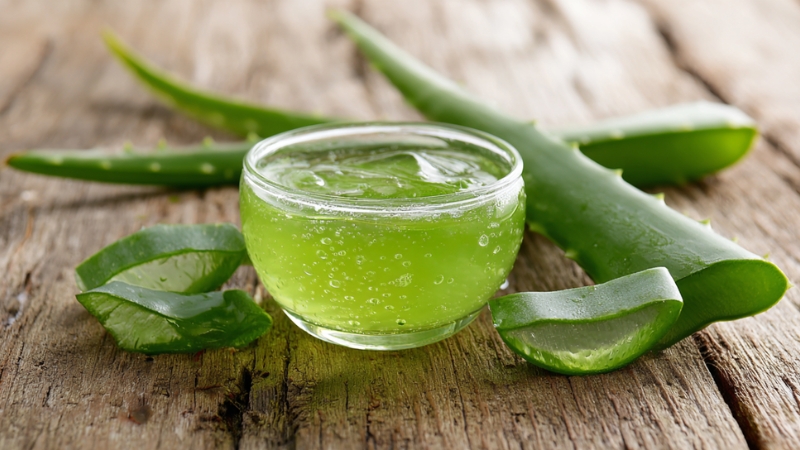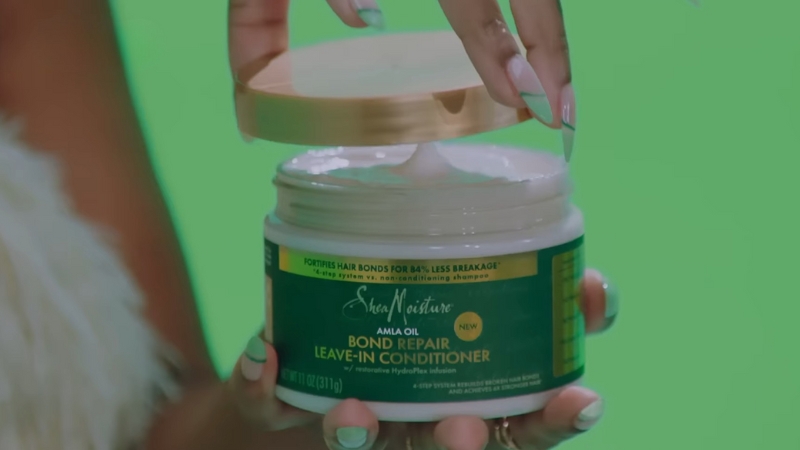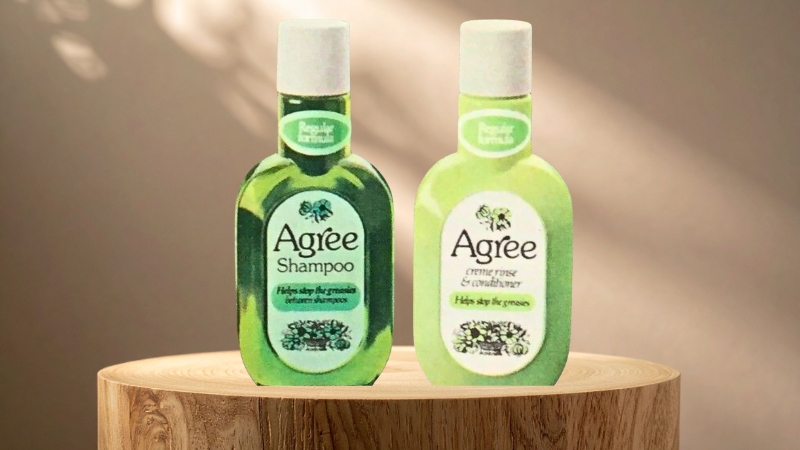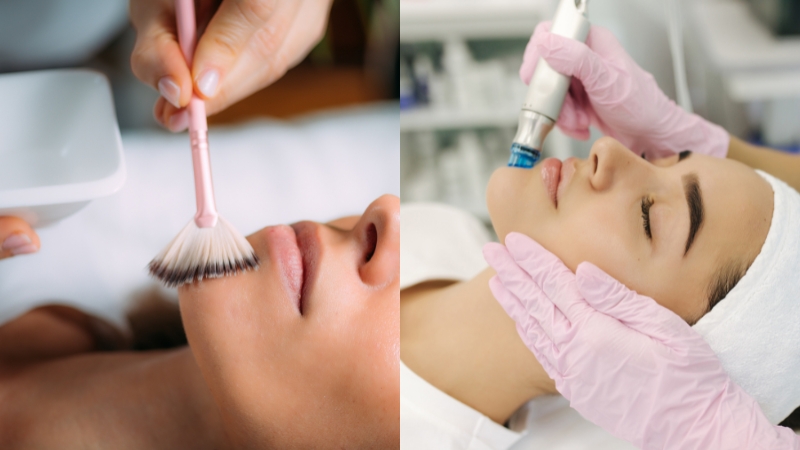
Share Post:
Skin care is full of buzzwords and promises, but when it comes to two of the longest-standing in-office treatments, chemical peels and microdermabrasion, you are looking at real, proven techniques.
Both have been around for decades, used by dermatologists and aesthetic specialists to refresh tired skin, reduce certain imperfections, and boost overall radiance.
But which one is actually a better fit for you?
The answer isn’t one-size-fits-all (it usually isn’t). It depends on your skin concerns, your tolerance for downtime, and even your medical history.
With that in mind, we prepared a comprehensive guide, backed by dermatology resources, that unpacks how each treatment works, what they’re best for, what recovery is like, and how to choose safely.
Let’s get into it.
The Short Answer
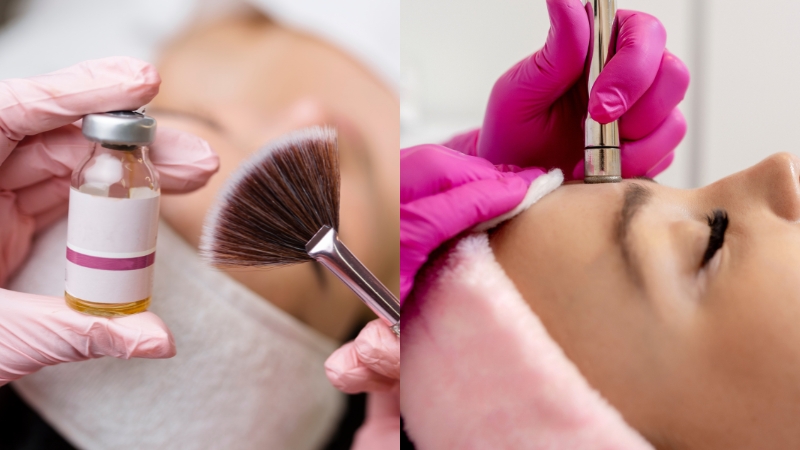
Go for microdermabrasion if… …you want a quick polish for mild issues like dullness, very fine roughness, or light uneven tone.
It’s safe across all skin tones, requires little to no downtime, and works best in a series.
Opt for a chemical peel if… …you need more noticeable improvements in pigment concerns (melasma, age spots), acne, early photoaging, or if your dermatologist recommends it for medical reasons like actinic keratoses.
Peels range from light to deep, with results and recovery scaling up accordingly.
What Each Treatment Actually Does
Before you weigh the pros and cons, it helps to know what’s really happening during each procedure. Both chemical peels and microdermabrasion resurface the skin, but they do it in very different ways.
One relies on carefully applied solutions, the other on mechanical exfoliation. Here’s a clear look at how each method works and what that means for your results.
Chemical Peels in a Nutshell
A chemical peel uses a carefully selected solution to remove layers of skin at a controlled depth. The strength depends on the ingredients and application time:
- Light peels: Alpha hydroxy acids (AHAs) like glycolic or lactic acid, or salicylic acid. They exfoliate the outermost layer and are usually done in a series.
- Medium peels: Trichloroacetic acid (TCA) penetrates the upper mid-dermis. Expect bigger results with about a week of social downtime.
- Deep peels: Phenol is the classic option. It targets deep wrinkles and severe sun damage, with dramatic results but also the longest, most complex recovery.
Microdermabrasion in a Nutshell
Microdermabrasion is purely mechanical exfoliation.
A handheld device with a diamond tip or fine crystals plus suction gently buffs away compacted dead skin cells:
Side-by-Side Comparison
| Feature | Microdermabrasion | Chemical Peel |
| How it works | Diamond tip or crystals + suction | Chemical solution dissolves bonds at a set depth |
| Best for | Dullness, very fine texture, mild uneven tone | Pigment issues, acne, actinic keratoses, photoaging |
| Skin tones | Safe for all skin colors | Safe when chosen carefully, but pigment changes possible in darker skin after stronger peels |
| Downtime | Minimal, usually back to routine same day | Light: 1-7 days; Medium: 7-14 days; Deep: 14-21 days |
| Sessions | Best in a series | Light: 3-5 sessions; Medium: 1 every 6-12 months; Deep: one-time |
| Pain level | Mild scratchy feel | Stinging or burning; anesthesia for deep peels |
| Sun sensitivity | Mild increase | Significant increase-strict sunscreen needed |
| Medical uses | Cosmetic only | Acne, melasma, actinic keratoses, photoaging |
| Insurance | Not covered | Not covered |
What Each Treatment Treats Best
@sarahakramskincare Microdermabrasion vs. Chemical Peel Listen as Sarah breaks down the differences between a chemical peel and a microdermabrasion. Considering one of these treatments? Reserve an appointment at sarahakram.com so Sarah and her team of experts can plan the right course of action for you and your skin. #sarahakram #sarahakramskincare #skincaretips #skinhydration #healthyskin #exfoliation #skincareroutine #skintips #skinroutine #goodskin #skincaretipsandtricks #exfoliateyourskin #skincaretipsforyou #beautyhacks #skinlove #estheticiantips #estheticiantips✨ #masteresthetician #licensedesthetician #skinspecialiste ♬ original sound – Sarah Akram
When people think about skin resurfacing, their main question is usually, “What will it actually fix?” Both chemical peels and microdermabrasion have their strengths, but they shine in different areas.
From pigment issues like melasma and sun spots, to acne and early signs of photoaging, each method targets specific concerns more effectively than others.
Here’s where each treatment really proves its worth.
Pigment Problems
- Age spots and sun spots: Peels are more effective. In one study cited by the American Academy of Dermatology (AAD), nearly half of patients saw at least 50 percent fading after a peel.
- Melasma: Light chemical peels are often combined with prescription creams. They help lift pigment, though maintenance with sunscreen is essential.
- Uneven tone and dullness: Microdermabrasion works well for surface glow and enhancing the effect of brightening products.
Acne and Acne Marks
According to the Cleveland Clinic:
- Active acne: Light peels with salicylic or glycolic acid can reduce clogged pores and surface oil.
- Dark marks after acne: Both treatments help, but peels generally have a stronger effect.
- Acne scars: Medium TCA peels may soften shallow scars. Microdermabrasion alone is not strong enough for significant scarring.
Actinic Keratoses and Photoaging
- Chemical peels play a role in treating actinic keratoses, precancerous lesions from sun exposure, and diffuse photoaging.
How Many Treatments and When You See Results

Research provided by AAD shows the following:
- Microdermabrasion: Immediate glow after one treatment, with cumulative results over a series every 2-4 weeks.
- Light chemical peels: Usually 3-5 sessions spaced 2-5 weeks apart. Gradual results that build.
- Medium chemical peels: More dramatic results after 7-14 days of healing, repeated only as needed.
- Deep chemical peels: One-time procedure with major change, reserved for select cases.
Downtime, Aftercare, and Recovery
Healing is just as important as the treatment itself. After any resurfacing procedure, how you care for your skin and how much time you can give it to recover, shapes both the safety and the results.
Here’s what you can realistically expect after microdermabrasion and chemical peels, plus the routines that keep recovery smooth.
Microdermabrasion
- Pinkness and light sensitivity on the day of.
- Makeup can be applied immediately or the next day.
- Daily sunscreen is critical.
Chemical Peels
- Light: Redness, peeling, and flaking for a few days. Moisturizer and sunscreen are essential.
- Medium: Redness, swelling, crusting for up to 2 weeks. Daily soaks and ointments. Antivirals may be prescribed to prevent cold sores. Makeup usually resumes after a week.
- Deep: Requires bandages, strict wound care, and sun avoidance for months. Antivirals are routine. Makeup only after 2 weeks or longer.
Safety, Side Effects, and Skin Tone Considerations
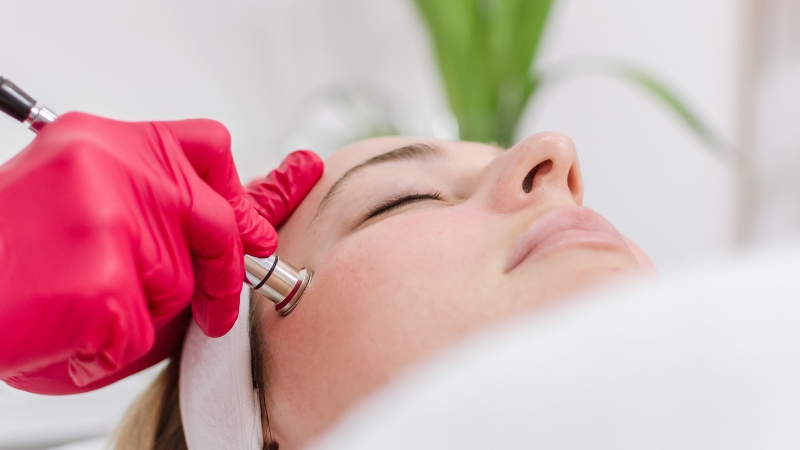
- Pigment changes: Darker skin tones can safely undergo peels, but risks are higher with medium and deep treatments. Hyperpigmentation is more common after superficial peels, hypopigmentation after deeper ones.
- Cold sores: Both treatments can trigger herpes simplex. Preventive antivirals are often prescribed for medium and deep peels.
- Medication history: Isotretinoin use, keloid tendency, prior radiation, and delayed healing all affect candidacy.
- Rosacea and sensitivity: Aggressive exfoliation can worsen redness. Gentler strategies are better here.
Cost and Access
Both are elective cosmetic treatments and not covered by insurance. Costs vary:
- Microdermabrasion: Typically less expensive but requires multiple sessions.
- Chemical peels: Light peels are comparable in price to microdermabrasion but also need repetition; medium and deep peels cost more upfront but deliver more substantial results.
At-Home vs. In-Office Options
- At-home peels: Low concentrations, very superficial, and carry an FDA-required “Sunburn Alert” for AHAs. Daily sunscreen is mandatory.
- At-home microdermabrasion devices: Gentler than professional devices. It can maintain a glow but is less effective.
How to Choose
Prep and Aftercare Checklists
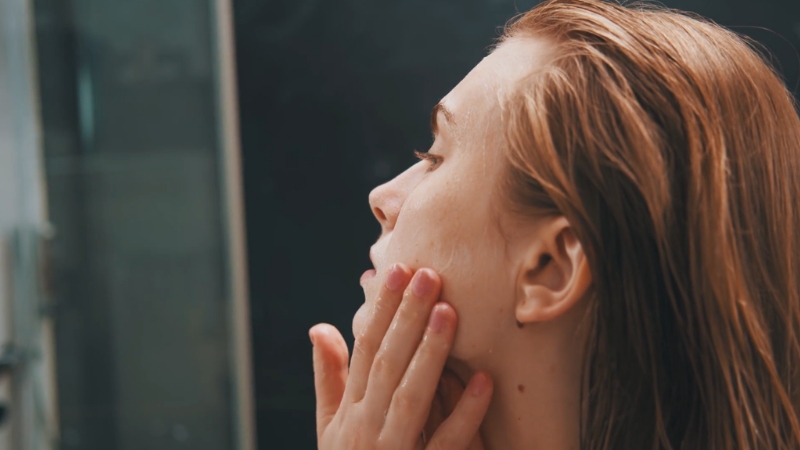
Getting the most out of resurfacing treatments is about what you do before and after.
Proper prep helps your skin handle the procedure more smoothly, while the right aftercare protects results and lowers the risk of side effects.
Here’s a straightforward checklist to keep you on track.
Before Any Resurfacing
- Share your complete medical and medication history.
- Avoid tanning or heavy sun exposure for at least 2 weeks.
- Follow any pre-treatment skincare your dermatologist recommends.
After Microdermabrasion
- Hydrate well with a bland moisturizer.
- Use broad-spectrum SPF every morning.
After Chemical Peels
- Do not pick peeling skin.
- Follow your soak-and-ointment plan if prescribed.
- Take antiviral medication if recommended.
- Resume makeup only when cleared by your clinician.
The Bottom Line
🌟 Decoding the Duel: Chemical Peel vs. Microdermabrasion! 🌟#SNCChemicalpeel101 #SkincareShowdown #ChemicalPeelVsMicrodermabrasion #GlowingSkinGoals #RadiantComplexion #SkinNurtureAestheticSkinHairLaserClinic #askdrjolly #drjollyshahk #dermatologistinmumbai #acnedoctor pic.twitter.com/qO9T2BIHHF
— Dr Jolly Shah Kapadia (@drjollyskinhair) March 4, 2024
Microdermabrasion is a safe, low-commitment option for a brighter surface glow and subtle refinements.
Chemical peels reach deeper and treat pigment problems, acne, and photoaging more effectively, but they carry more downtime and require disciplined aftercare.
Ultimately, the best treatment depends less on the buzzword and more on your personal skin profile, medical history, and goals.
A board-certified dermatologist is the best partner to tailor the plan safely.
References
- aad.org – What can get rid of age spots?
- aad.org – Microdermabrasion: Overview
- my.clevelandclinic.org – Chemical Peels
Related Posts:
- Hot Tub vs Sauna: Which One is Right for You?
- How Do You Choose the Right Spa for Post-Treatment Recovery?
- Electric vs. Natural Gas Hot Tubs - Which Offers…
- Toner vs. Essence vs. Serum – Which Belongs in Your Routine?
- Byoma vs Ordinary Milky Toner: Which Is Better for…
- Electric vs Natural Gas Hot Tub - Which is Better?



